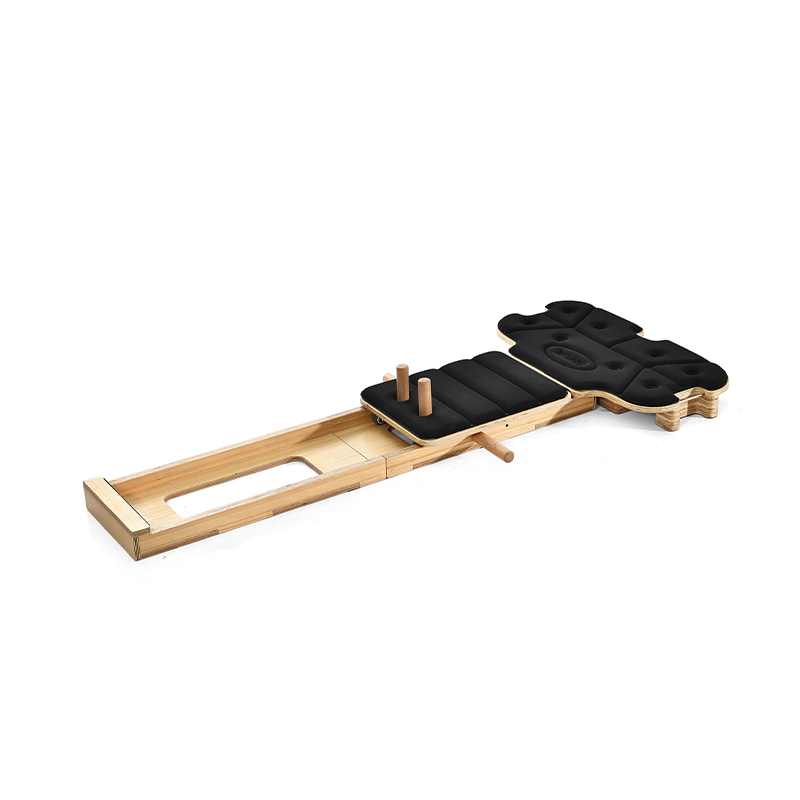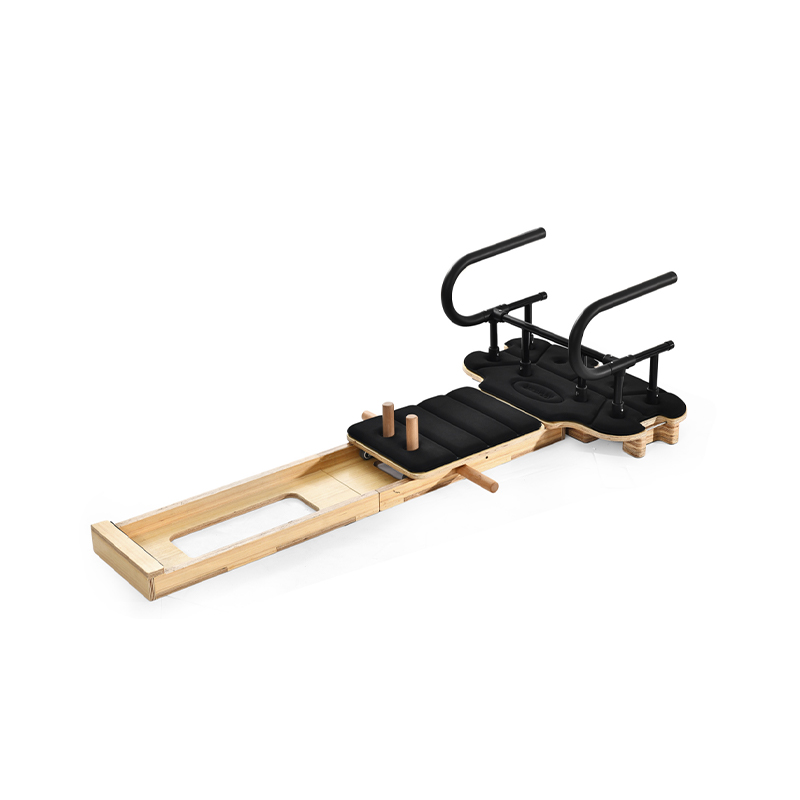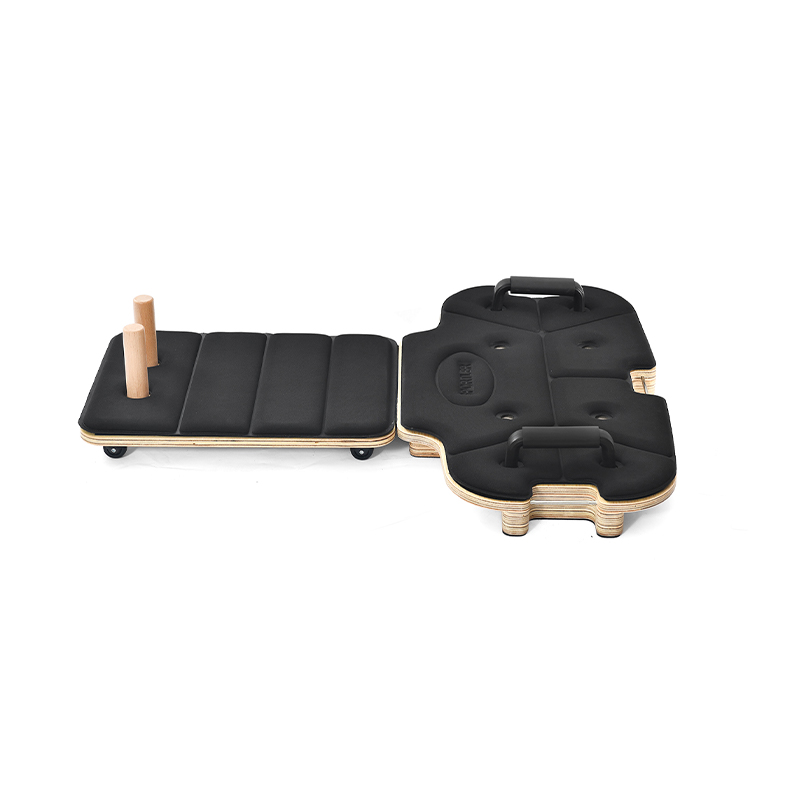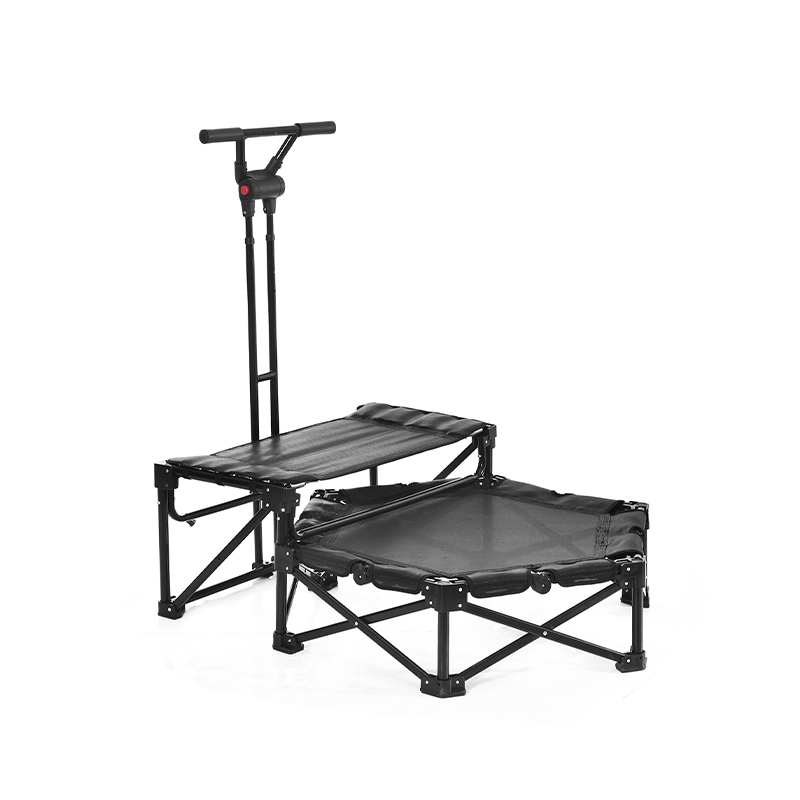Home garage cross bar exercise gym equipment offers an effective way to bring strength training and bodyweight workouts into personal spaces, particularly in areas like garages or small home gyms. These cross bars are versatile tools that allow users to perform a variety of exercises aimed at building upper body strength, improving grip, and enhancing core stability.
The cross bar is typically constructed from sturdy materials such as steel or reinforced aluminum, designed to support body weight and accommodate various grip positions. Its installation can be either freestanding with a base or mounted securely to walls or ceiling joists in a garage setting. This flexibility allows homeowners to adapt the equipment to their available space and structural constraints.
One of the key benefits of cross bar equipment is its capacity for pull-ups, chin-ups, and hanging leg raises. These exercises target muscles in the back, shoulders, arms, and abdomen, making them efficient for developing upper body strength and endurance. The ability to switch grip styles—overhand, underhand, or neutral—enables users to emphasize different muscle groups and reduce repetitive strain.
Beyond traditional pull-up exercises, the cross bar can be integrated into broader workout routines. It serves as a tool for suspension training, where resistance bands or gymnastic rings attach to the bar, expanding exercise variety to include rows, dips, and assisted push-ups. This adaptability supports functional strength development, which is valuable for everyday movement and athletic activities.
Wall-mounted models often use heavy-duty brackets and anchors to ensure safety and stability during use. Freestanding versions provide portability, enabling the equipment to be moved or stored as needed. Users should verify weight capacity and installation requirements to maintain secure setups.
Safety features may include textured grips or foam padding on handles to prevent slipping during exercise. Ensuring proper clearance around the cross bar is important to avoid injury and allow a full range of motion. Additionally, it is advisable to check structural supports regularly if the bar is mounted to ensure long-term stability.
A home garage setting offers unique advantages for using cross bar equipment. Garages are often underutilized spaces that can be transformed into personalized workout areas. The environment typically provides ample vertical space and durability, which are ideal for installing sturdy fitness equipment. Furthermore, exercising at home eliminates commuting time and scheduling conflicts associated with public gyms.
The equipment is suitable for a range of fitness levels. Beginners can start with assisted pull-ups using resistance bands or chair support, gradually increasing strength and confidence. More advanced users may incorporate weighted vests or perform higher repetitions to challenge muscle endurance and power.
Incorporating the cross bar into a home gym encourages consistent training habits and supports varied workout plans. Users can complement pull-up exercises with bodyweight movements like push-ups, planks, and squats for balanced fitness development. The equipment also facilitates warm-up routines and mobility drills, enhancing overall workout quality.
Maintenance of cross bar exercise equipment is small. Regular cleaning of grips and inspection of mounting points help ensure safety and hygiene. Proper installation and periodic checks reduce the risk of damage to both the equipment and the mounting surface.
In conclusion, home garage cross bar exercise gym equipment is a practical and versatile solution for individuals seeking effective upper body and core workouts at home. Its sturdy construction, ease of installation, and adaptability to various exercises make it a valuable addition to personal fitness spaces.


 English
English русский
русский Español
Español







